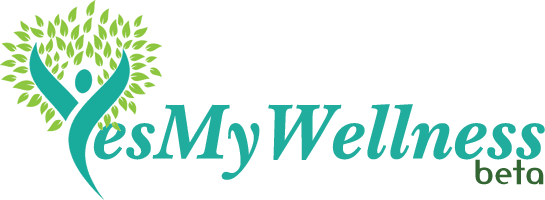How To Achieve Perfect Posture
How To Achieve Perfect Posture
Share
Backaches, neckaches and shoulder pain are common issues especially in this modern world of technology. When was the last time your upper body was aching? How frequently has it been?
Such aches are warning signs that your body is emitting as a way to tell you to stop straining it. In this article we share the the importance of maintaining a good posture and preserving your spine health.
How Do We Define Good Posture?
A ‘posture’ is the way your body is arranged or aligned. It is the way you place your body, head, neck and limbs. When you maintain a good posture, your supporting structure like bone or muscle and ligaments is place at the least stress position. In other words, it uses less strength and you do not overwork your muscles and ligaments. In this position, your muscle and joints use the least energy and they could work with maximum efficiency.
Is There Such A Thing As An ‘Ideal’ Posture?
First thing first, everyone is built differently – some people have a more hunched back or some may have a bigger pelvis than others. All these factors will affect the alignment of your body.
So, when you the ‘right’ posture, you should feel comfortable carrying out your daily activities such as when sitting, driving or standing for long hours at a time. If doing these common activities give you aches and pains, then this could be a sign that your posture may need correction.
If you have a bad posture, you will also feel tired because everything is strained. Having a good posture places less stress on your body’s structure.
What Is The Correct Standing Position?
During standing, the weight of your body should fall vertically onto the lumbar spine, then to your pelvis and transmitted to the legs. The best way to achieve this is to keep your head looking forward, your shoulder blade should be pushed back, relax your lower back and ensure that your knees are straight.
Does Technology Affect Posture?
In today’s world, technology and the use of technology is inevitable. Our work, hobby and entertainment all involves technology. Due to this, people tend to bend or slouch a lot. When we bend, our muscle has to work harder and that is the cause of the problem.
And when we look down all the time, our muscle stretches regularly but it doesn’t move much. Hence, the muscle becomes weaker where over time it is not able to support our spine well and thus increasing the risk of the spine being prone to injury. So, the unintended side effects of technology is indeed a big issue, where bad posture habits are concerned, as these bad postures debilitates the condition of our spine over the long-term.
How Do We Maintain Good Posture?
When it comes to maintaining a good posture, it is not about constantly reminding oneself about sitting or standing right. Instead, focus on building a good habit which will help to preserve our spine. Here are some general tips :
- always sit on a low chair, place your back and buttock against the back rest and relax your back.
- when sitting on a stool without back rest, do not sit for so long.
- doing regular exercise will help to improve your posture by tightening your muscles as this will help the body to hold itself and improve its position.
- avoid sitting on the floor because it strains the back even more.
- stretch frequently as this maintains your muscles in good shape. This helps to keep your back mobile as a good set of muscles will help you to maneuver your body.
So, look after your back and core muscles. If your spine is well, you have a good posture and your muscles are strong, there no reason for back injuries and neck aches to occur.
You Might also Like
















